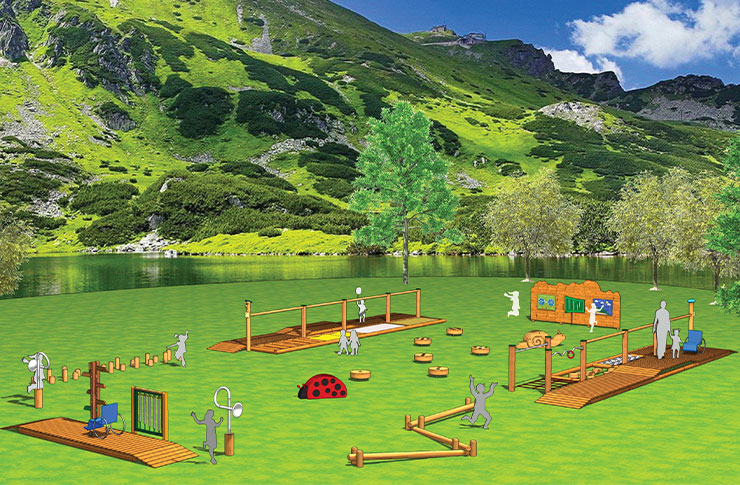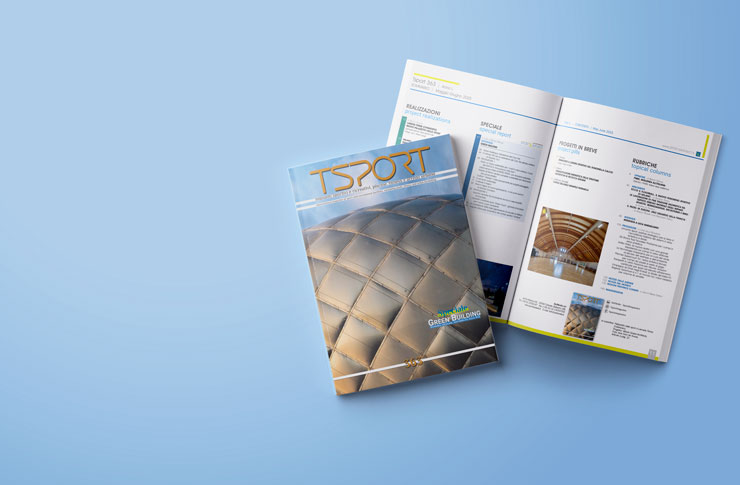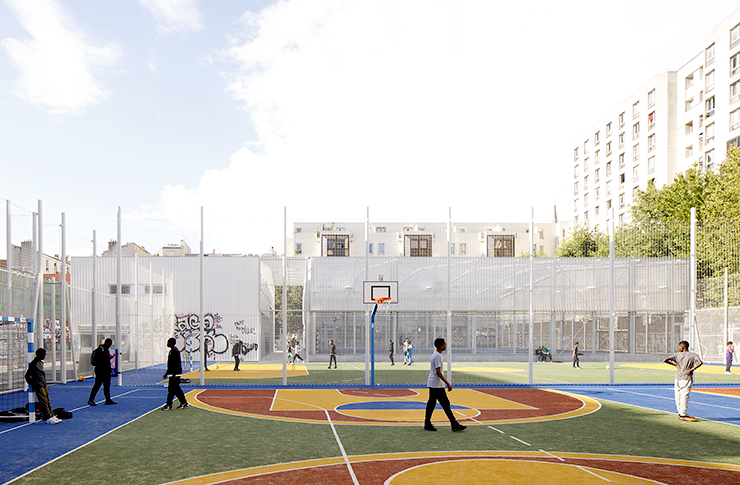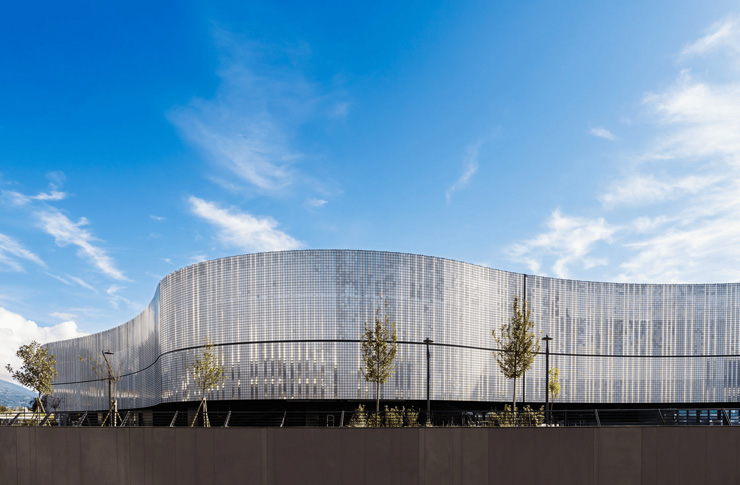The sensory tracks signed by Legnolandia are made using only energy obtained from renewable sources and zero kilometers raw materials in accordance with Minimum Environmental Criteria.
The Sensory Tracks by Legnolandia: the diversity of natural elements through the senses

The sensory tracks signed by Legnolandia are made using only energy obtained from renewable sources (sun, water, biomass) and zero kilometers raw materials in accordance with Minimum Environmental Criteria (Criteri Minimi Ambientali in italian, CAM – GPP). The installation of sensory tracks does not require the use of cement, and include multiple activities designed to involve users, in a playful-didactic key, promoting motor activity, in complete safety.
The equipment included in the tracks have been designed to accompany users on a careful and conscious journey to rediscover the material and nature, with which you are in constant contact thanks to the material with which they are built: wood. Moreover, in line with the Play For All Project of Legnolandia, these sensory tracks are inclusive because they can be used by everyone, regardless of their psychomotor skills.
ÂÂÂParticular attention has been given to the practicability and the inclusion of equipment that facilitate the educational and playful use of the senses, both for adults and children.
Sustainable, recycled and recyclable
The equipment is made to resist for a long time in the external environment thanks to the special autoclave treatment of wooden parts: deep injection under pressure of non-toxic natural mineral salts (EN-351 standards). Some materials used are reusable and recyclable at the end of life cycle, others are biodegradable (moss, bark, straw, logs, etc…). The production of these sensory tracks takes place using only energy obtained from renewable sources (sun, water, biomass) and raw materials obtained at zero kilometer in accordance with Minimum Environmental Criteria (CAM – GPP). The installation of the sensory pathways does not require the use of cement.










